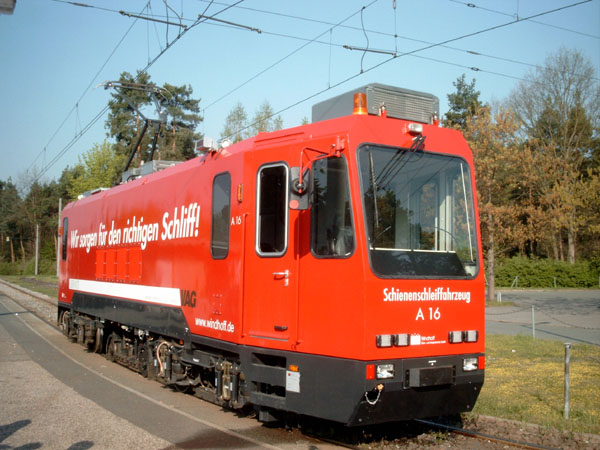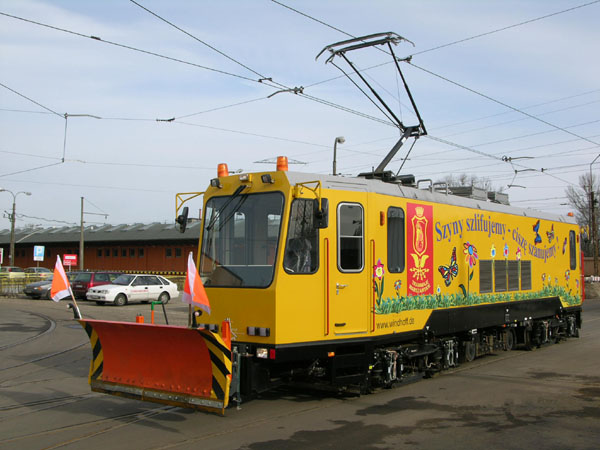Commuter and metro operators are faced with ever-growing need to reduce operating and track maintenance cost while increasing the operational safety and environmental effects, such as noise.
Based on long-term experience of railway operators, particularly of trolley and commuter operators, it has been confirmed that regular rail grinding can extend the useful rail service life by many years. As a result, wheel wear is also reduced.
Since 1994, Windhoff has supplied various types of rail grinding vehicles (new grinding vehicle, refurbishing older vehicles for grinding, e.g. old trolley cars, grinding trailers, etc.), and they are used for routine and special grinding jobs as part of a rail track maintenance programme.



